Philodendron Painted Lady
Philodendron Painted Lady is an eye-catching and unique variety. It is celebrated for its vibrant, lime-green leaves speckled with bright yellow, adding a refreshing touch to any indoor space. As an air-purifying plant, it enhances your home’s decor and improves air quality by removing toxins from the environment. The young leaves emerge with a warm pinkish tint on their petioles. They gradually transition to a stunning blend of greens and yellows as they mature, creating a dynamic and colourful display.
Thanks to its low maintenance, this philodendron is perfect for beginners and experienced plant enthusiasts alike. It adapts well to various indoor conditions, thriving in different light and humidity levels. With its moderate growth rate and resilience, the Philodendron Painted Lady is an ideal choice for anyone seeking an easy-to-care-for plant that brings a lively pop of colour to any room.
Whether you’re building your plant collection or just starting, the Philodendron Painted Lady will be a vibrant addition, making it a standout piece in your indoor garden.
Philodendron is an aroid that pairs perfectly with one of our eco-friendly moss poles. The pole offers support as the plant grows, enhancing its natural climbing habit.
Please note: The images shown represent the actual stock. While we take great care in handling, some cosmetic damage to leaves may occur due to the nature of live plants. These minor imperfections do not affect the plant’s health or growth potential.
Philodendron Painted Lady Care Guide
Light: Philodendron prefers bright, indirect light but can tolerate medium light levels. Its growth and colouration are best in brighter conditions. Avoid direct sunlight, which can burn the leaves.
Water: Allow the soil to dry out between waterings. Overwatering can lead to root rot, so ensure proper drainage. Watering is more frequent during the growing season (spring and summer) and reduced in autumn and winter.
Humidity: This Philodendron thrives in moderate to high humidity (50-60%). To support its fast growth and air-purifying benefits, mist the plant regularly or place it near a humidifier, especially in drier seasons.
Temperature: This plant’s ideal temperature ranges from 18-26°C. Keep it away from cold drafts and air conditioners, as it prefers warm, stable conditions for optimal growth.
Soil: Our Premium Handblend Aroid Potting Mix is available on our website. This well-draining mix helps support the fast-growing nature of the Philodendron Florida Bronze, ensuring its roots stay healthy.
Fertiliser: Feed the plant with a balanced liquid fertiliser every 4-6 weeks during the growing season to promote rapid growth. Fertilising is unnecessary for autumn and winter when the plant naturally slows down.
Repotting: Repotting may be necessary every 1-2 years due to its fast growth. Choose a slightly larger pot to accommodate new root development without overwhelming the plant.
Pruning: Prune occasionally to remove yellow or damaged leaves. This helps maintain the plant’s appearance and encourages healthy new growth. Always use sterilised scissors.
Troubleshooting Common Issues
1. Yellowing Leaves:
- Cause: Overwatering or underwatering.
- Solution: Ensure the soil dries out between waterings and that the pot has good drainage.
2. Brown Leaf Edges:
- Cause: Low humidity or inconsistent watering.
- Solution: Increase humidity and make sure the plant is watered consistently to support its fast-growing nature.
3. Drooping Leaves:
- Cause: Underwatering or exposure to cold drafts.
- Solution: Water thoroughly and keep the plant in a stable, warm environment.
4. Fading Bronze Color:
- Cause: Insufficient light.
- Solution: Move to a brighter spot with indirect light to restore the vibrant bronze hue.
5. Pests (Mealybugs, Spider Mites):
- Cause: Dry conditions or exposure to other infested plants.
- Solution: Treat with neem oil or insecticidal soap. Maintaining higher humidity levels can help prevent pests.
Philodendron is an excellent air-purifying, fast-growing plant that is easy to care for and perfect for any plant lover, from beginners to seasoned collectors. Keep these tips in mind to help it thrive!
- How often should I water my Philodendron Painted Lady?
- Water the plant when the top few centimetres of soil feel dry, typically once a week. Adjust the frequency depending on the season, watering more in spring and summer and less in autumn and winter.
- Can the Philodendron Painted Lady thrive in a bathroom setting?
- Yes, this plant is well-suited for bathrooms due to its preference for moderate to high humidity levels. Just ensure it receives sufficient indirect light.
- Is the Philodendron Painted Lady suitable for beginners?
- Absolutely! It’s a low-maintenance plant that adapts well to varying indoor conditions, making it ideal for novice plant enthusiasts.
☀️ Light
☀️☀️▫️ (Medium) – The Philodendron Painted Lady flourishes in bright, indirect light but will tolerate medium light. Keep out of direct sunlight to prevent leaf burn.
💧 Water
💧💧▫️ (Medium) – Water the plant when the top inch of soil feels dry. Be mindful to reduce watering in colder months to prevent root rot.
🌡️ Temperature
🌡️🌡️🌡️ (Warm) – Prefers temperatures between 18-26°C. Avoid placing your plant near cold drafts or air conditioning units.
💦 Humidity
💦💦▫️ (Moderate) – This plant thrives in 50-60% humidity. Consider misting or using a humidifier to maintain optimal moisture levels.
🪴 Repotting
Repot every 1-2 years or when roots outgrow the pot. Use a slightly larger pot each time to encourage healthy growth without overcrowding.
🐾 Pet Friendliness
This Philodendron is non-toxic to cats and dogs, making it a great choice for pet owners.
✅🪴 Recommended Locations at Home
Ideal spots include well-lit bathrooms, living rooms away from direct sunlight, or any area with stable temperature and moderate light.
🌬️🪴 Air Purifying
Philodendron Painted Lady is known for its air-purifying qualities, removing toxins and improving indoor air quality.
✨ Other Plant Features
Its striking lime-green and yellow speckled leaves with pinkish petioles make it a dynamic addition to any space. It’s both visually appealing and easy to care for.
If you have more questions about caring for your Philodendron Painted Lady, feel free to ask Mossbot on our website, or contact us directly. Remember, we also offer a free plant hospital service if your plant needs extra help!
The Ultimate Care Guide for Philodendron Plants: Diverse and Elegant
Introduction and History Philodendrons are a diverse genus of tropical plants native to the Americas, particularly abundant in the rainforests of Central and South America. The genus name “Philodendron” is derived from the Greek words “philo,” meaning love or affection, and “dendron,” meaning tree, reflecting the plant’s natural tendency to climb trees in its native habitat.
The first recorded encounter with Philodendrons by European scientists dates back to the 16th century. In 1644, German naturalist Georg Marcgraf collected herbarium material of these plants during his explorations. However, it was French botanist Charles Plumier who made a more formal introduction of the genus to European science in the late 17th century, documenting several species during his travels in the Caribbean. The formal classification and naming of the genus Philodendron were established by Austrian botanist Heinrich Wilhelm Schott in 1829. Today, Philodendrons are cherished worldwide for their lush foliage and adaptability as houseplants.
Description and Features Philodendrons are known for their wide variety of shapes, sizes, and growth habits. They range from climbing vines to self-heading varieties with large, glossy leaves. Popular species and cultivars include:
- Philodendron hederaceum (Heartleaf Philodendron): A classic trailing variety with heart-shaped leaves.
- Philodendron erubescens (Pink Princess): A striking cultivar with dark green leaves and pink variegation.
- Philodendron gloriosum: Known for its large, velvety, heart-shaped leaves with prominent white veins.
- Philodendron bipinnatifidum (Lacy Tree Philodendron): Features large, deeply lobed leaves and a more tree-like growth habit.
- Philodendron melanochrysum: Prized for its velvety, dark green foliage with golden undertones.
Key Features
- Pet-friendliness: Philodendrons are toxic to pets if ingested, so caution is advised in homes with animals.
- Low-light adaptability: While they thrive in bright, indirect light, many Philodendrons can tolerate low-light conditions.
- Moderate water needs: They prefer slightly moist soil but can tolerate occasional droughts.
- Air-purifying qualities: Known to improve indoor air quality by filtering toxins.
- Growth habit: Varies from climbing and trailing varieties to upright, self-heading plants.
Care Instructions
1. Watering
- How much water does a Philodendron need? Water when the top 2-3 cm of soil feels dry. Overwatering can lead to root rot, while underwatering may cause leaves to droop.
- Signs of overwatering: Yellowing leaves, soggy soil, and mushy stems.
- What to do if you overwater your Philodendron: Allow the soil to dry out completely and reduce watering frequency. Trim any affected roots if rot occurs.
- Underwatering signs: Wilting or curling leaves. Water thoroughly and consistently to revive the plant.
2. Light Requirements
Philodendrons prefer bright, indirect light but can adapt to lower light conditions. Avoid direct sunlight, which can scorch their leaves. If you’re wondering “can Philodendrons grow in low light?” the answer is yes, but their growth will slow.
3. Humidity and Temperature
- Humidity: High humidity levels are ideal for most Philodendrons, but they can adapt to average household humidity.
- Temperature: Keep between 18-26°C. Avoid cold drafts and sudden temperature changes.
4. Plant Food
Feed your Philodendron with a balanced liquid fertiliser every 4-6 weeks during the growing season (spring and summer). Reduce feeding in autumn and winter. If you’re searching “how to fertilise a Philodendron,” make sure the soil is moist before applying fertiliser to avoid root burn.
5. Pruning and Support
- Prune regularly to remove yellowing or damaged leaves and to shape the plant.
- Support climbing varieties with a moss pole or trellis to encourage vertical growth and healthier foliage. Moss poles are particularly beneficial as they retain moisture, promoting aerial root development. Highland Moss offers handmade sphagnum moss poles in classic green, mixed, and pink colours, along with drip cups to keep them hydrated.
Common Issues and Troubleshooting
1. Yellow Leaves
- Cause: Overwatering, lack of light, or nutrient deficiencies.
- Solution:
- Adjust watering habits and ensure the soil drains well.
- Move the plant to a brighter location.
- Use a balanced fertiliser if the issue persists.
2. Brown Leaf Edges
- Cause: Low humidity or inconsistent watering.
- Solution: Increase humidity levels and maintain a consistent watering schedule.
3. Leggy Growth
- Cause: Insufficient light.
- Solution: Relocate to a brighter spot or use a grow light.
4. Pests
- Cause: Mealybugs, spider mites, or aphids.
- Solution: Wipe leaves with neem oil or use an eco-friendly pest spray, both available on our website. Isolate affected plants and monitor closely.
5. Root Rot
- Cause: Overwatering or compacted soil.
- Solution: Repot the plant in fresh, well-draining soil and trim away any rotted roots.
Propagation Methods
1. Stem Cuttings
- Cut just below a node. The node is essential for root development.
- Place the cutting in water using a propagation station or directly into moist sphagnum moss.
- Change water weekly or mist moss regularly. Roots will develop within weeks.
2. Division
- Separate clumps with their own root systems when repotting.
- Replant in fresh soil and water lightly to settle.
3. Air Layering
- Wrap a node with moist sphagnum moss and secure with plastic wrap.
- Once roots develop, cut below the rooted node and pot into soil.
Sphagnum moss and stunning propagation stations to propagate Philodendron plants are available in our shop Highland Moss, ensuring successful and hassle-free propagation.
Is a Philodendron Plant Right for You? Philodendrons are excellent for:
- Beginners: Their adaptable nature makes them easy to care for.
- Decorative purposes: Their lush foliage adds a touch of elegance to any room.
- Air purification: Ideal for improving indoor air quality.
With proper care, Philodendrons can thrive and become a statement piece in your home. Whether you’re searching for “how to care for a Heartleaf Philodendron” or “how to propagate a Philodendron Pink Princess,” this guide has everything you need. Remember, all plants purchased from Highland Moss come with a scannable QR code for detailed care instructions and access to our Moss Bot for 24/7 plant care support.

Free Care Guide With Every Purchase
Scan the plant pot QR for instant access to our care guide for your plant. No hassle, no stress, just healthy and happy plants.
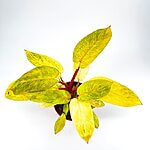 Philodendron Painted Lady
Philodendron Painted Lady



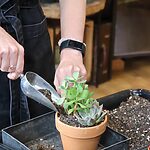
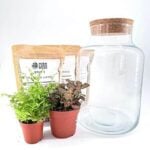
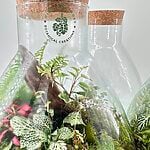
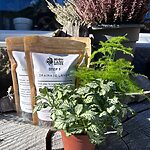

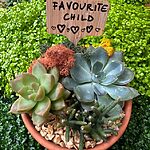
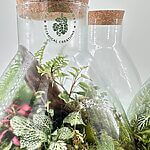


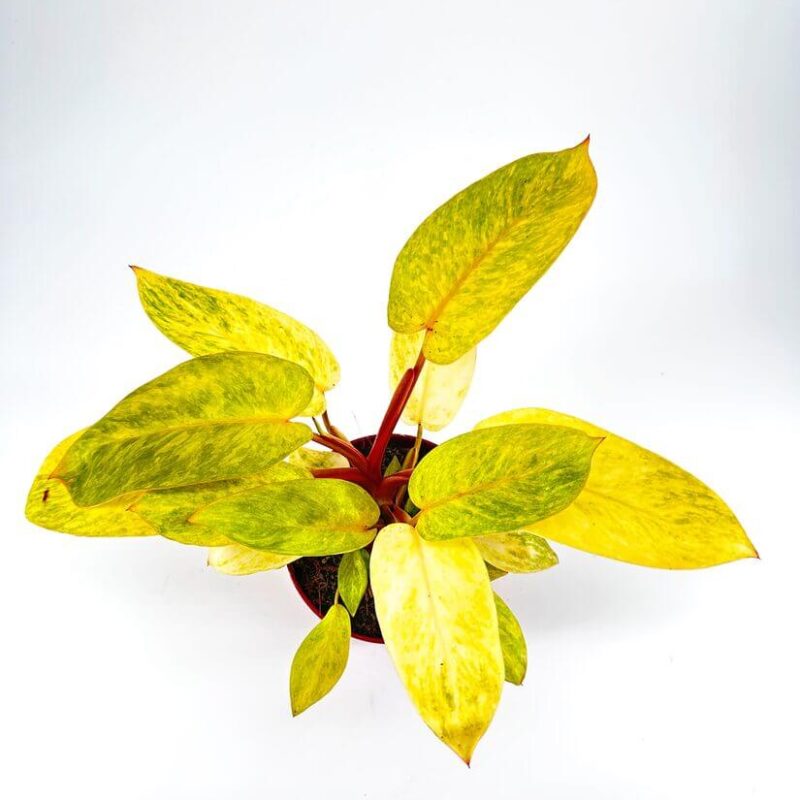
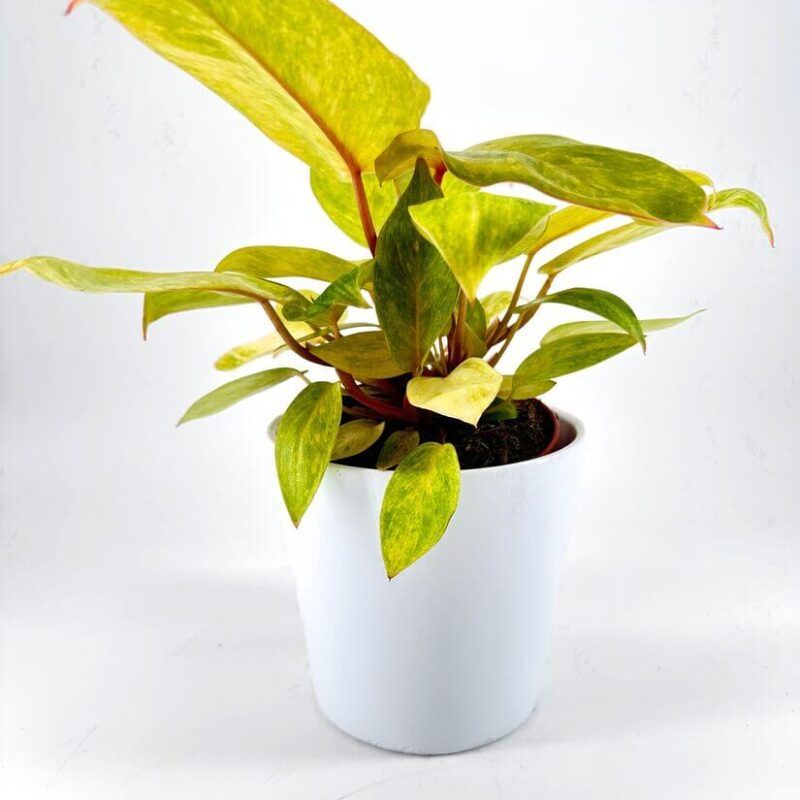





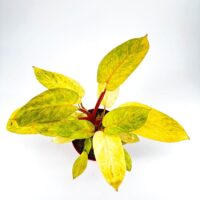
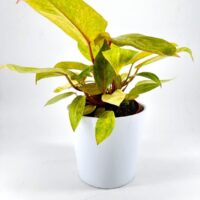
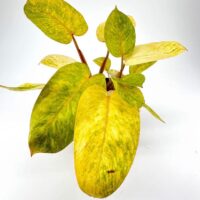
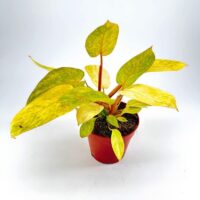
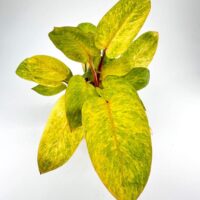
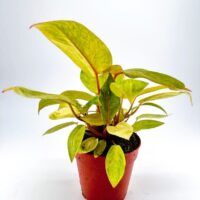
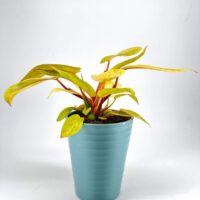
Reviews
There are no reviews yet